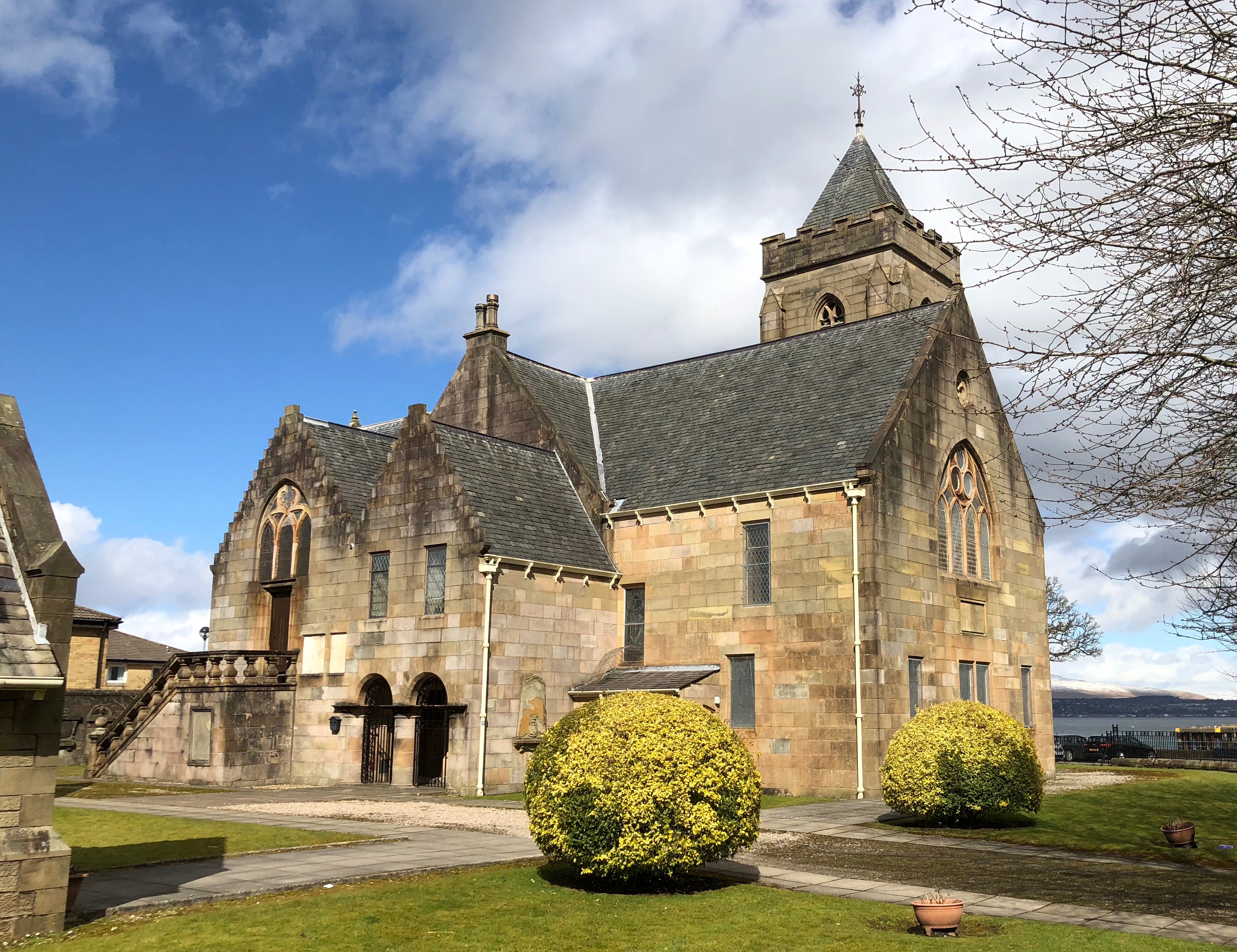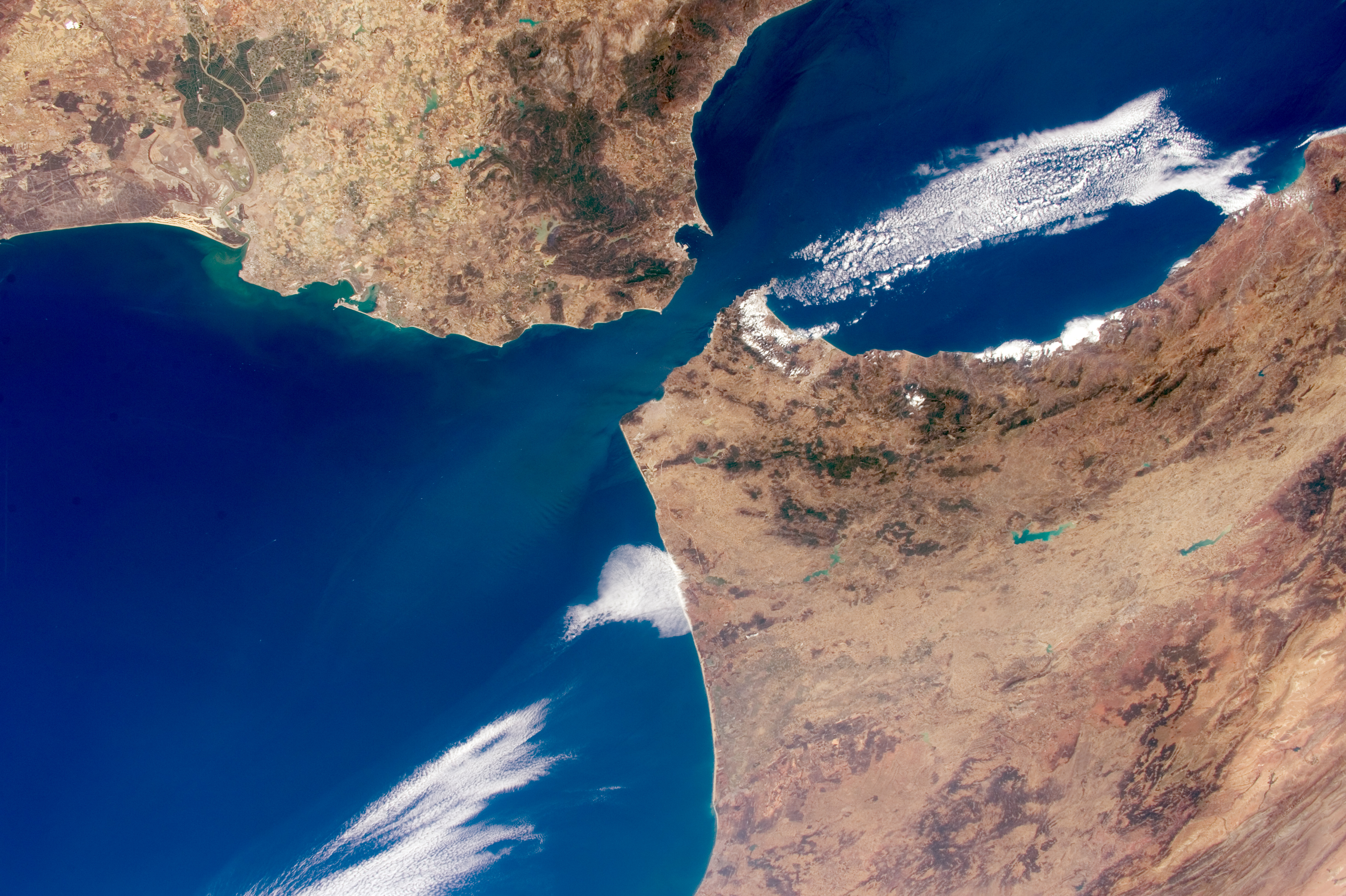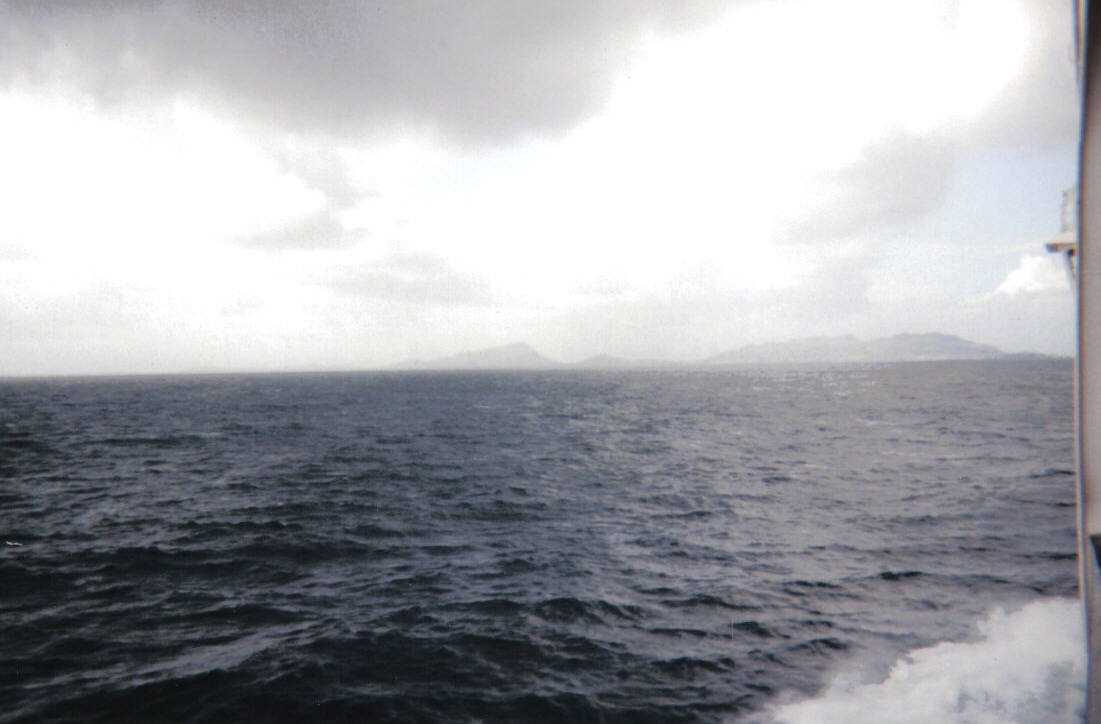|
Firth
Firth is a word in the English and Scots languages used to denote various coastal waters in the United Kingdom, predominantly within Scotland. In the Northern Isles, it more often refers to a smaller inlet. It is linguistically cognate to Scandinavian ''fjord'' and ''fjard'' (all from Proto-Germanic *''ferþuz''), with the original meaning of "sailable waterway". The word has a more constrained sense in English. Bodies of water named "firths" tend to be more common on the Scottish east coast, or in the southwest of the country, although the Firth of Clyde is an exception to this. The Highland coast contains numerous estuaries, straits, and inlets of a similar kind, but not called "firth" (e.g. the Minch and Loch Torridon); instead, these are often called sea lochs. Before about 1850, the spelling "Frith" was more common. A firth is generally the result of ice age glaciation and is very often associated with a large river, where erosion caused by the tidal effects of incoming s ... [...More Info...] [...Related Items...] OR: [Wikipedia] [Google] [Baidu] |
Pentland Firth
The Pentland Firth (, meaning the Orcadian Strait) is a strait which separates the Orkney Islands from Caithness in the north of Scotland. Despite the name, it is not a firth. Etymology The name is presumed to be a corruption of the Old Norse "Petlandsfjörð", meaning "the fjord of Pictland", and is completely unrelated to the Pentland Hills near Edinburgh. Prior to the Norse occupation of Orkney the strait was known as the "Sea of Orcs" – a reference to the Pictish tribe who inhabited Orkney. Such was their marine prowess that there are also instances of this name referring to the sea lanes of the entire west coast of Scotland down to Kintyre. One version of the 9th-century '' Historia Brittonum'' states that "the Britons originally filled the whole island with their peoples from the English Channel to the Sea of Orcs". Geography On the Caithness (southern) side the Firth extends from Dunnet Head in the west to Duncansby Head in the east, while on the Orkney (norther ... [...More Info...] [...Related Items...] OR: [Wikipedia] [Google] [Baidu] |
Moray Firth
The Moray Firth (; , or ) is a roughly triangular inlet (or firth) of the North Sea, north and east of Inverness, which is in the Highland council area of the north of Scotland. It is the largest firth in Scotland, stretching from Duncansby Head (near John o' Groats) in the north, in the Highland council area, and Fraserburgh in the east, in the Aberdeenshire council area, to Inverness and the Beauly Firth in the west. Therefore, three council areas have Moray Firth coastline: Highland to the west and north of the Moray Firth and Highland, Moray and Aberdeenshire to the south. The firth has more than of coastline, much of which is cliff. Etymology The firth is named after the 10th-century Province of Moray, whose name in turn is believed to derive from the sea of the firth itself. The local names ''Murar'' or ''Morar'' are suggested to derive from , the Gaelic for sea, whilst ''Murav'' and ''Morav'' are believed to be rooted in Celtic words (sea) and (side), co ... [...More Info...] [...Related Items...] OR: [Wikipedia] [Google] [Baidu] |
Solway Firth
The Solway Firth is an inlet on the west coast of Great Britain, forming part of the border between England and Scotland. The firth (a Scottish term for an inlet of the sea) divides Cumbria (including the Solway Plain) from Dumfries and Galloway. The Isle of Man is also very near to the firth. The firth comprises part of the Irish Sea. The firth's coastline is characterised by lowland hills and small mountains. It is a mainly rural area, with mostly small villages and settlements (such as Powfoot). Fishing, hill farming, and some arable farming play a large part in the local economy, although tourism is increasing. The northern part of the English coast of the Solway Firth was designated as an Area of Outstanding Natural Beauty, known as the Solway Coast, in 1964. Construction of the Robin Rigg Wind Farm in the firth began in 2007. Within the firth, there are some Salt marsh, salt marshes and mud flats that can be dangerous, due to their frequently shifting patches of quicksa ... [...More Info...] [...Related Items...] OR: [Wikipedia] [Google] [Baidu] |
Cromarty Firth
The Cromarty Firth (; ; literally "kyles [straits] of Cromarty") is an arm of the Moray Firth in Scotland. Geography The entrance to the Cromarty Firth is guarded by two precipitous headlands; the one on the north high and the one on the south high — called "The Sutors" from a fancied resemblance to a couple of shoemaking, shoemakers (in Scots language, Scots, ''souters'') bent over their lasts. From the Sutors the Firth extends inland in a westerly and then south-westerly direction for a distance of . Excepting between Nigg Bay and Cromarty Bay where it is about wide, and Alness Bay where it is wide, it has an average width of . The southern shore of the Firth is formed by a peninsula known as the Black Isle. Good views of the Cromarty Firth are to be had from the Sutors or Cnoc Fyrish. At its head the Firth receives its principal river, the River Conon, other rivers include the Allt Graad, Peffery, River Sgitheach, Sgitheach, Averon and Balnagown. The Dingwall C ... [...More Info...] [...Related Items...] OR: [Wikipedia] [Google] [Baidu] |
Fjord
In physical geography, a fjord (also spelled fiord in New Zealand English; ) is a long, narrow sea inlet with steep sides or cliffs, created by a glacier. Fjords exist on the coasts of Antarctica, the Arctic, and surrounding landmasses of the northern and southern hemispheres. Norway's coastline is estimated to be long with its nearly 1,200 fjords, but only long excluding the fjords. Formation A true fjord is formed when a glacier cuts a U-shaped valley by ice segregation and abrasion of the surrounding bedrock. According to the standard model, glaciers formed in pre-glacial valleys with a gently sloping valley floor. The work of the glacier then left an overdeepened U-shaped valley that ends abruptly at a valley or trough end. Such valleys are fjords when flooded by the ocean. Thresholds above sea level create freshwater lakes. Glacial melting is accompanied by the rebounding of Earth's crust as the ice load and eroded sediment is removed (also called isostasy or gla ... [...More Info...] [...Related Items...] OR: [Wikipedia] [Google] [Baidu] |
Firth Of Clyde
The Firth of Clyde, is the estuary of the River Clyde, on the west coast of Scotland. The Firth has some of the deepest coastal waters of the British Isles. The Firth is sheltered from the Atlantic Ocean by the Kintyre, Kintyre Peninsula. The Firth lies between West Dunbartonshire in the north, Argyll and Bute in the west and Inverclyde, North Ayrshire and South Ayrshire in the east. The Kilbrannan Sound is a large arm of the Firth, separating the Kintyre Peninsula from the Isle of Arran. The Kyles of Bute separates the Isle of Bute from the Cowal, Cowal Peninsula. The Sound of Bute separates the islands of Bute and Arran. The Highland Boundary Fault crosses the Firth. The Firth also played a vital military role during World War II. The Firth is sometimes called the Clyde Waters or Clyde Sea, and is customarily considered to be part of the Irish Sea. Geography At the north of the Firth, Loch Long and the Gare Loch join the Firth; these lochs are separated by the Rosneat ... [...More Info...] [...Related Items...] OR: [Wikipedia] [Google] [Baidu] |
Tail Of The Bank
The Tail of the Bank is the name given to the anchorage in the upper Firth of Clyde immediately North of Greenock, between Inverclyde and Argyll and Bute. This area of the Firth gets its name from the deep water immediately to the west of the sandbank which marks the entrance to the navigable channel up the Estuary of the River Clyde. Location From the Glasgow Green Tidal Weir westwards, the River Clyde is tidal, mixing fresh and salt water. At Milton Island the river was still shallow, then past Dumbarton and the confluence with the River Leven a shoal and sandbank increasingly takes up most of the width of the estuary and extends along the north shore for about to Ardmore. Areas of sandbank dry out at low tide, including the Pillar Bank off Dumbarton and Cardross. By Port Glasgow the main flow of the river is close to the south shore, with the Cockle Bank to its north, then the Greenock Bank which extends past the waterfront harbours to a point off Greenock Ocean ... [...More Info...] [...Related Items...] OR: [Wikipedia] [Google] [Baidu] |
Fjard
A fjard (, ) is a large open space of water between groups of islands or mainland in archipelagos. Fjards can be found along sea coasts, in freshwater lakes or in rivers. Fjard and fjord were originally the same word, and they generally meant sailable waterway. In Scandinavia, fjords dominate along the North Sea coast while fjards dominate the Baltic Sea coast. Fjards vs. fjords vs. förden vs. rias Although fjards and fjords are similar in that they are a glacially-formed topography, they still differ in some key ways: * Fjords are characterized by steep high relief cliffs carved by glacial activity and often have split or branching channels. * Fjards are glacial depressions or valleys that have much lower reliefs than fjords. Fjards fill with eroded local materials which assist in "filling", along with rising sea levels since the last ice age contributing as well. Other low relief landforms that are only associated with fjards, such as mud flats, salt marshes, and flood plain ... [...More Info...] [...Related Items...] OR: [Wikipedia] [Google] [Baidu] |
Greenock
Greenock (; ; , ) is a town in Inverclyde, Scotland, located in the west central Lowlands of Scotland. The town is the administrative centre of Inverclyde Council. It is a former burgh within the historic county of Renfrewshire, and forms part of a contiguous urban area with Gourock to the west and Port Glasgow to the east. The 2011 UK Census showed that Greenock had a population of 44,248, a decrease from the 46,861 recorded in the 2001 UK Census. It lies on the south bank of the Clyde at the " Tail of the Bank" where the River Clyde deepens into the Firth of Clyde. History Name Place-name scholar William J. Watson wrote that "Greenock is well known in Gaelic as , dative of , 'a sunny knoll. The Scottish Gaelic place-name is relatively common, with another Greenock near Callander in Menteith (formerly in Perthshire) and yet another at Muirkirk in Kyle, now in East Ayrshire. R. M. Smith in (1921) described the alternative derivation from Common Brittonic *, ... [...More Info...] [...Related Items...] OR: [Wikipedia] [Google] [Baidu] |
Strait
A strait is a water body connecting two seas or water basins. The surface water is, for the most part, at the same elevation on both sides and flows through the strait in both directions, even though the topography generally constricts the flow somewhat. In some straits there is a dominant directional current. Most commonly, the strait is a narrowing channel that lies between two land masses. Straits are loci for sediment accumulation, with sand-size deposits usually occurring on the two strait exits, forming subaqueous fans or deltas. Some straits are not navigable because, for example, they are too narrow or too shallow, or because of an unnavigable reef or archipelago. Terminology The terms '' channel'', ''pass'', or ''passage'' can be synonymous and used interchangeably with ''strait'', although each is sometimes differentiated with varying senses. In Scotland, '' firth'' or ''Kyle'' are also sometimes used as synonyms for strait. Many straits are economically impor ... [...More Info...] [...Related Items...] OR: [Wikipedia] [Google] [Baidu] |
Gourock
Gourock ( ; ) is a town in the Inverclyde council areas of Scotland, council area and formerly a burgh of the County of Renfrew in the west of Scotland. It was a resort town, seaside resort on the East shore of the upper Firth of Clyde. Its main function today is as a residential area, extending contiguously from Greenock, with a railway terminus and ferry services across the Clyde. History The name Gourock comes from a Gaelic word for "pimple", in reference to the hill above the town. As far back as 1494 it is recorded that James IV of Scotland, James IV sailed from the shore at Gourock to quell the rebellious Highland clans. Two hundred years later William III of England, William and Mary granted a Charter in favour of Stewart of Castlemilk which raised Gourock to a Burgh of Barony. In 1784 the lands of Gourock were purchased by Duncan Darroch, a former merchant in Jamaica. He built Gourock House near the site of the castle in what the family eventually gifted to the town ... [...More Info...] [...Related Items...] OR: [Wikipedia] [Google] [Baidu] |
The Minch
The Minch () is a strait in north-west Scotland that separates the mainland from Lewis and Harris in the Outer Hebrides. It was known as ("Scotland's firth") in Old Norse. The Minch's southern extension, which separates Skye from the middle islands of the Hebridean chain, is known as the Little Minch. It opens into the Sea of the Hebrides. Geography The Minch and Little Minch form part of the Inner Seas off the West Coast of Scotland, as defined by the International Hydrographic Organization. The Minch ranges from wide and is approximately long. It is believed to be the site of the biggest meteorite ever to hit the British Isles. The Little Minch is about wide. In June 2010 Eilidh Macdonald became the first person to swim across it from Waternish Point on Skye to Rodel on Harris, in a time of hours. Navigation A traffic separation scheme operates in the Little Minch, with northbound traffic proceeding close to Skye, and southbound close to Harris. Commercial ... [...More Info...] [...Related Items...] OR: [Wikipedia] [Google] [Baidu] |








